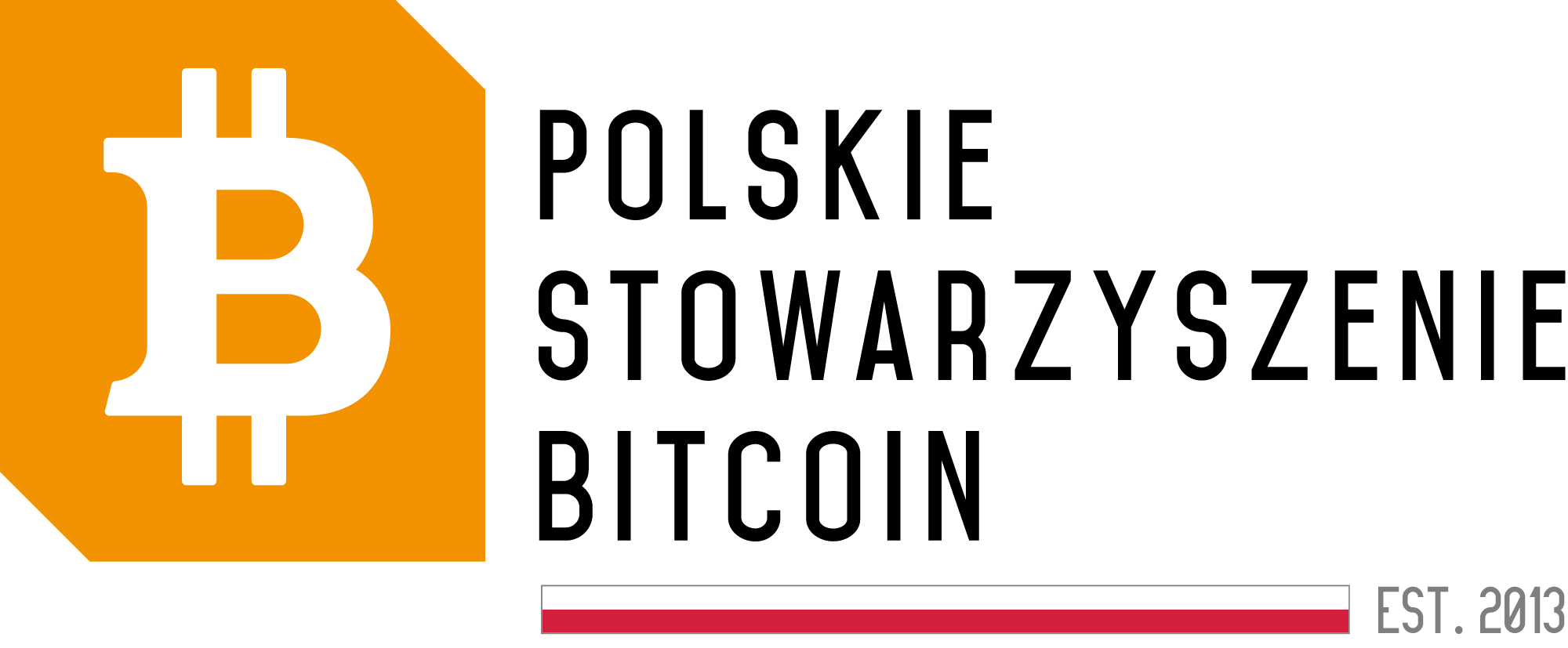digital signature algorithm (dsa)
The Digital Signature Algorithm (DSA) is one of the popular standards used in cryptography to ensure the security of digital transactions and the authenticity of electronic documents.
What is the Digital Signature Algorithm?
The Digital Signature Algorithm (DSA) is a mathematical method used to generate and verify digital signatures that confirm the identity of the sender and the integrity of the transmitted information. By using the DSA algorithm, it is possible to electronically sign documents, contracts, emails, and other forms of online communication.
How does the DSA algorithm work?
The DSA algorithm is based on the concept of public and private keys, where the sender uses their private key to generate a digital signature, and the recipient can verify this signature using the sender’s public key. The signing and verification process involves mathematical operations that ensure the security and non-repudiation of the digital signature.
The Digital Signature Algorithm is a key component of the Public Key Infrastructure (PKI), which enables secure information exchange and authentication of data in an online environment.
Advantages of using the Digital Signature Algorithm (DSA)
– Ensuring the security of online transactions
– Authentication of the sender
– Integrity of transmitted data
– Resistance to false signatures
– The ability to verify a signature without revealing the private key
Summary
The Digital Signature Algorithm (DSA) is an extremely important element of cryptography that enables secure electronic transactions and the transmission of confidential information over the network. By using the DSA algorithm, it is possible to verify the identity of the sender and ensure the integrity of the transmitted data, which is a key aspect in today’s digital world.






